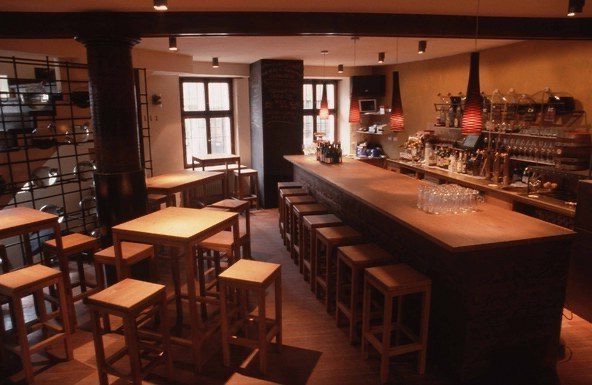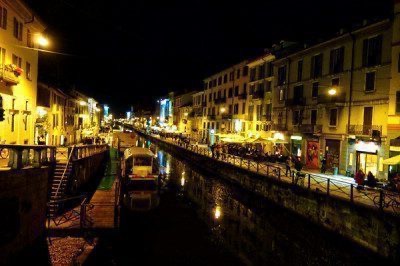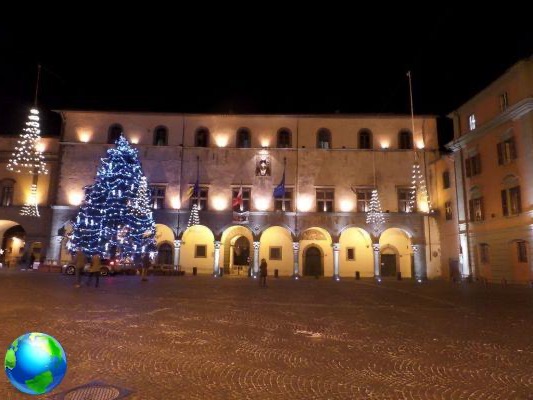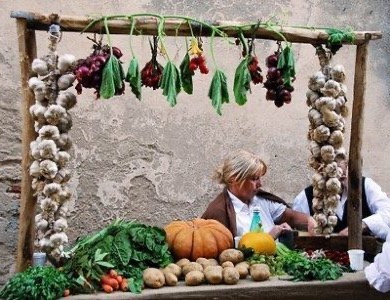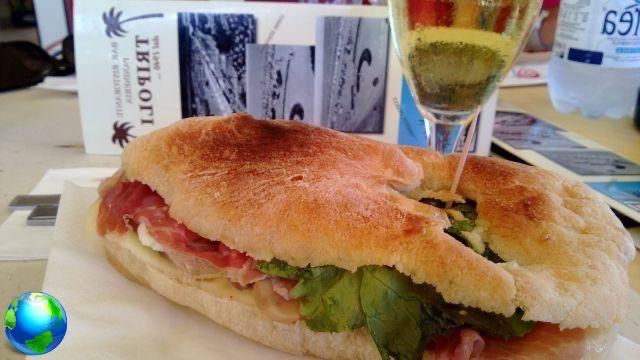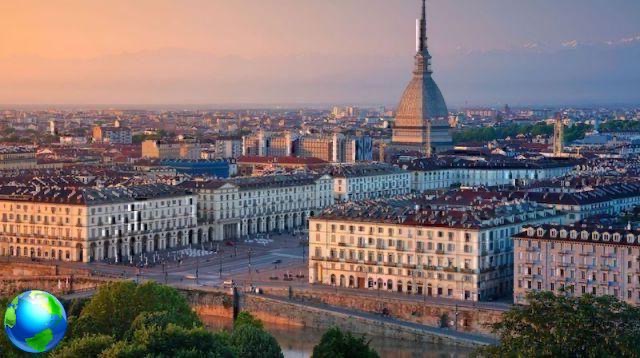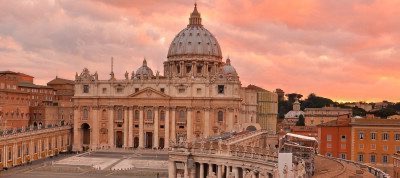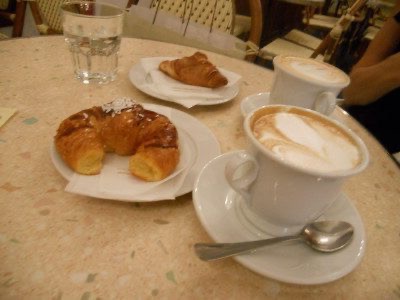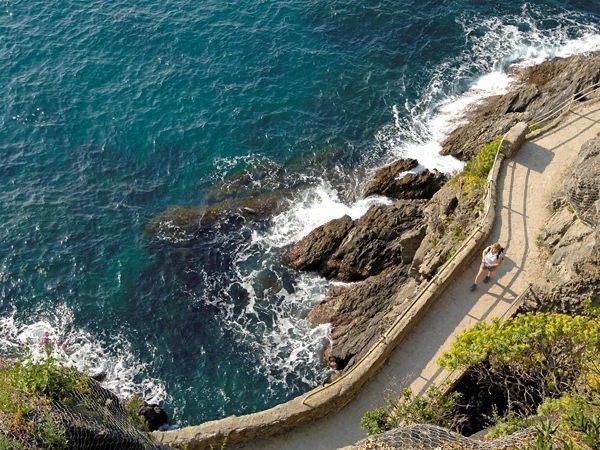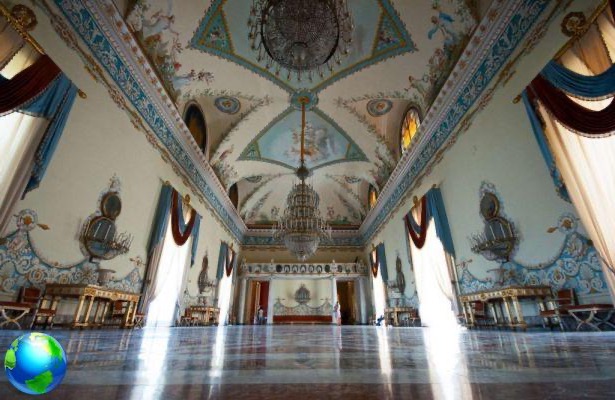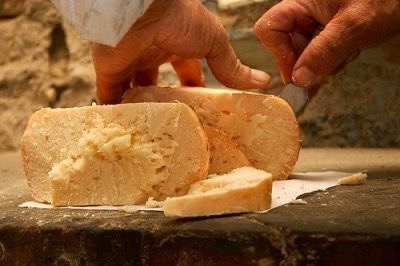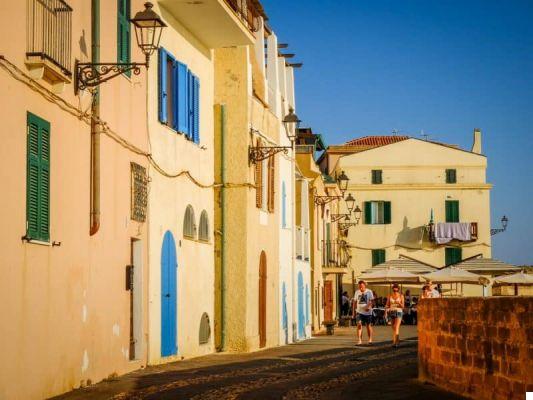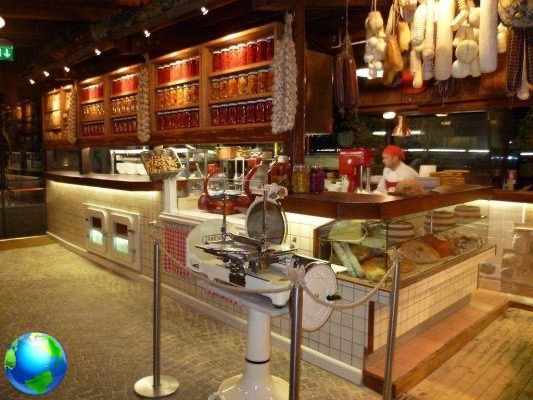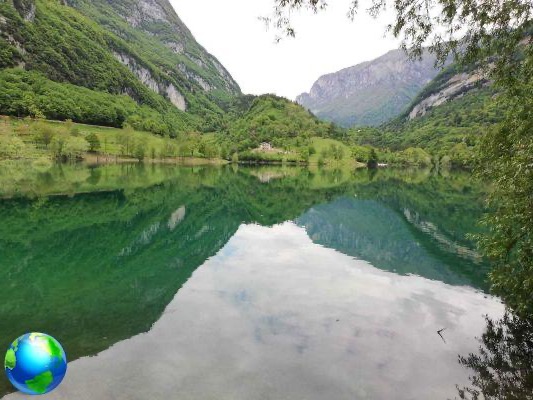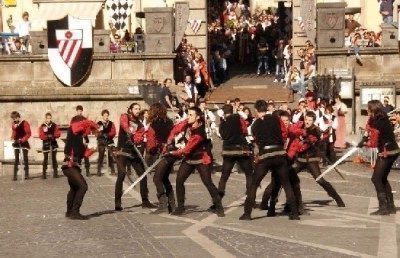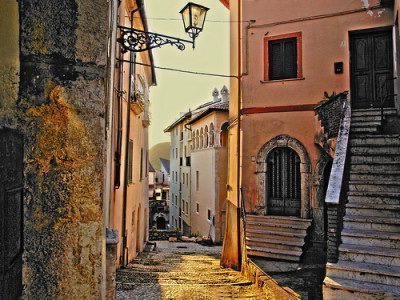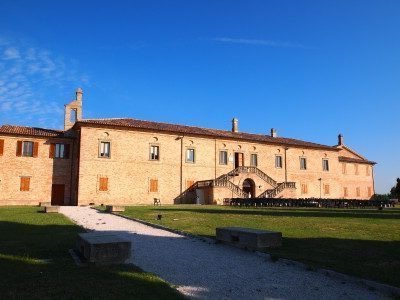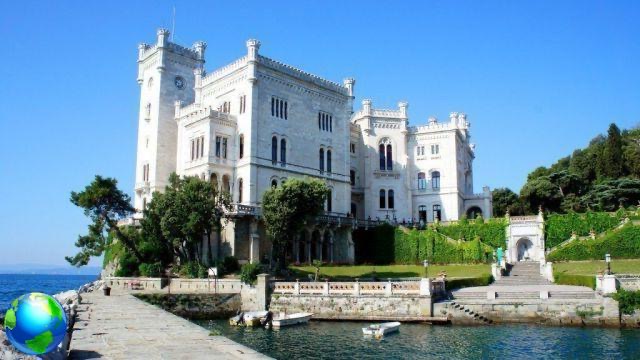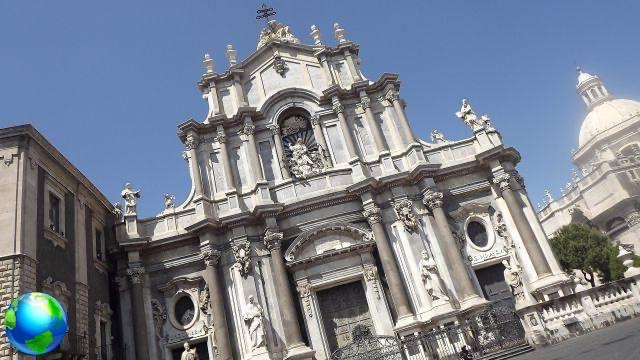
Il Cathedral of Catania, or rather, the Cathedral of Sant'Agata (Sicily) is located in the center of the historic part of the city and overlooks the homonymous Piazza Duomo. At the center of it we find the symbol of the city: the "liotru", that is the elephant. Legend has it that when Catania was inhabited for the first time, an elephant drove away all the ferocious beasts and the people of Catania paid homage to him with this statue ofPalermo architect Gian Battista Vaccarini. The statue is entirely made of black basalt and surmounted by a white obelisk.
The Cathedral, as we have already said, is located in the heart of the historical part of the city, on the remains of a previous one spa building (Terme Achilliane) dating back to the second century AD; the current building, however, is the result of many transformations that took place following the earthquakes and eruptions that involved the city of Catania. Of the original plant, dating back to 1094, only the perimeter walls and the apses remain, which belong to the Norman period. In 1169, the earthquake that struck the city completely destroyed the vaults of the church, but the rubble was not removed, but was used as a base to raise the ground of the same building. Subsequently, in 1693, another earthquake it hit Catania and destroyed almost the whole city. But between the end of the 700th and the beginning of the 800th century, the church was completely rebuilt and the building was equipped with a majestic dome, with large windows, which we can still see in the profile of the Etna capital. The current building is the work of the architect Girolamo Palazzotto, while the facade was designed by Gian Battista Vaccarini himself. The façade is made up of 3 Corinthian style orders and are adorned with statues of St. Agata, virgin and martyr patron of the city of Catania to whom the cathedral is dedicated. The main door is made entirely of wood, consisting of panels that narrate the martyrdom of the saint, and on the sides we find the statues of Saints Peter and Paul.
Inside, the church has a Latin cross plan and is divided into 3 naves. On the sides of the aisles, we find two chapels obtained in the apses of the church. The chapel of the Sacrament is on the left and is so called because it preserves the Eucharist. In the right apse, we find the heart of the cathedral; in fact right here, behind a wrought iron gate, we find the reliquary bust and casket of Sant'Agata, where the remains are kept.
Sant'Agata, in addition to being the protagonist and the dedicatee inside the Cathedral, is also outside, through the streets of the city, on the occasion of the religious and folkloristic celebrations in her honor from 3 to 6 February. The festival is not only important for devoted citizens, who are eagerly awaiting the arrival of this in order to pay homage to their patron saint, but it is also the third most famous religious festival in the world for the turnout of people that is there every year. If you happen to go to Catania at this time, I recommend you follow some of the highlights of the party, which manage to strike the heart of anyone who sees them. You can't miss the "ascent of San Giuliano”, Salient moment of the festival where the devotees run along a slope dragging the fercolo of the saint; and the Song of the Poor Clares in Via Crociferi, or a song by the suore di clausura that come out only once a year, just to pay homage to the saint with their song.
The Cathedral is very easy to reach as the historic center of Catania is very intimate and there is no difficulty if you like to walk; if, on the other hand, you cannot give up the means, I suggest you park your car at the "I due obelischi" car park in a suburban area of the city, and the BRT bus will take you for free Via Etna, the main street of the city that ends in Piazza Duomo. Alternatively, the movements are also simple with the AMT bus line or with the AST, in case you are in an Etnean town, outside the capital.




